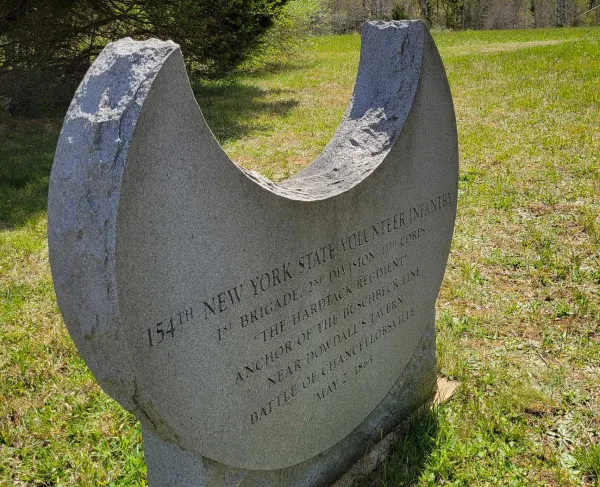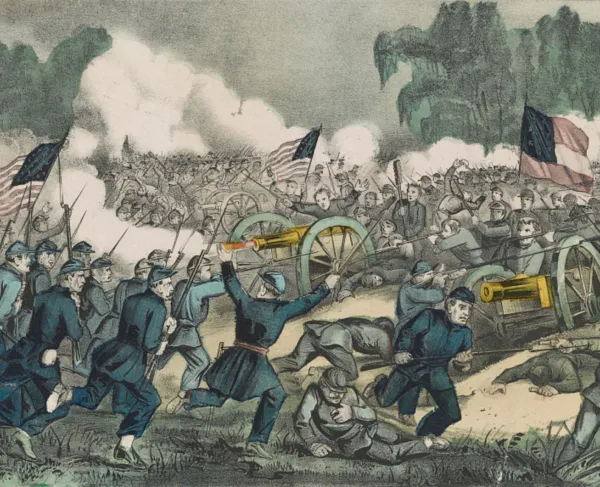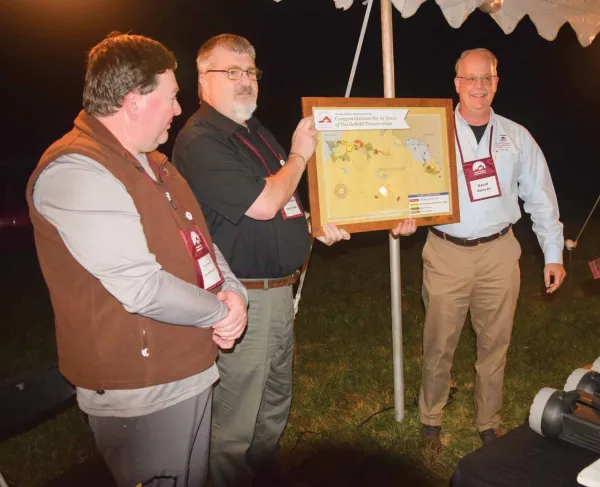Too Many Endings
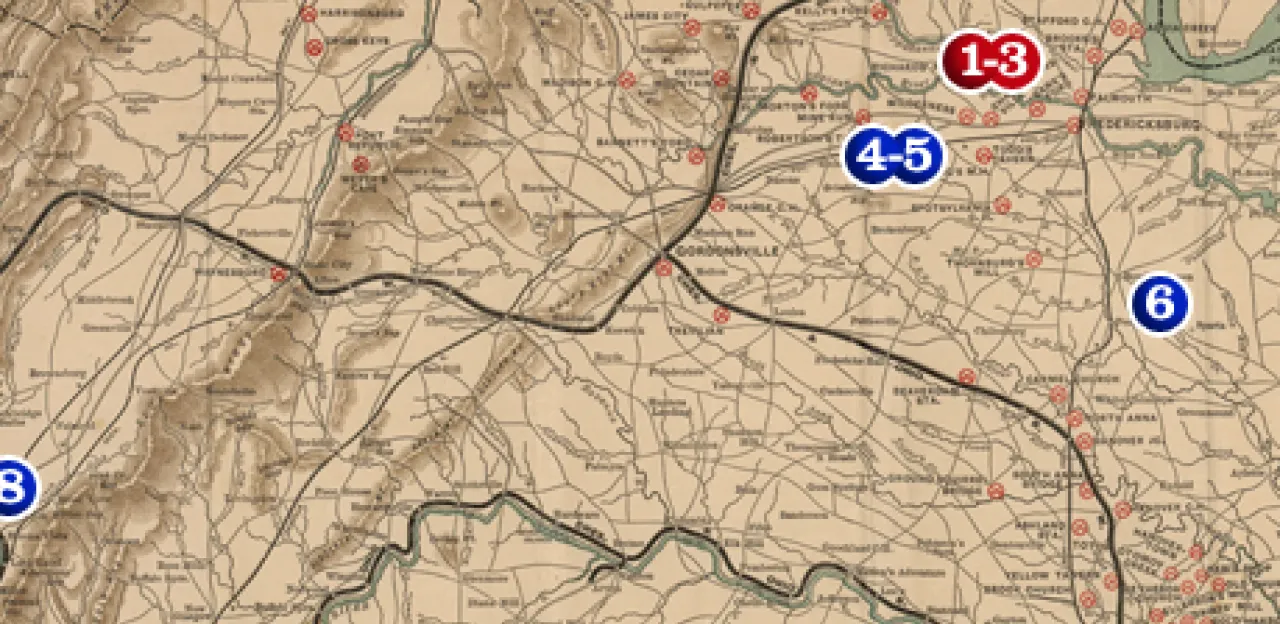
Hallowed Ground, Spring 2013
Gen. Thomas J. Jackson is one of the most celebrated figures in American military history, his fame further enhanced by the dramatic nature of his demise in the midst of his greatest victory at the Battle of Chancellorsville. But Jackson’s story did not end at Chancellorsville, and the string of monuments and markers dedicated to his wounding, amputation and death can make it difficult to sift through the chain of events caused by Jackson’s injury and the multiple locations where Jackson came to rest.
The night of May 2, 1863, after his vaunted flank assault, Jackson and members of his staff rode in front of their lines to reconnoiter for a night attack without informing the troops in the area. As they travelled the Mountain Road, they were mistaken for Union cavalrymen and fired on by their own troops. The party scattered as several men were killed or wounded – including Jackson.
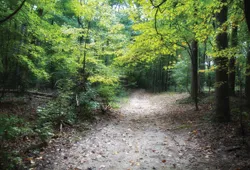
1. Wounding Site
A recently discovered document written by Jackson’s guide has allowed historians to pinpoint the area along the Mountain Road where Jackson was struck twice in the left arm and once in the right hand (currently part of a National Park Service trail). The location was lost for many years because Jackson’s horse bolted during the shooting.
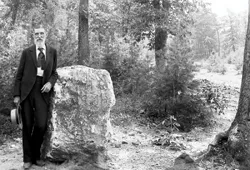
2. Original Boulder
About 20 years after the war, former members of Jackson’s staff placed a block of quartz to mark the area of Jackson’s wounding. The boulder sits at the spot where officers found the wounded Jackson and began treating his wounds.
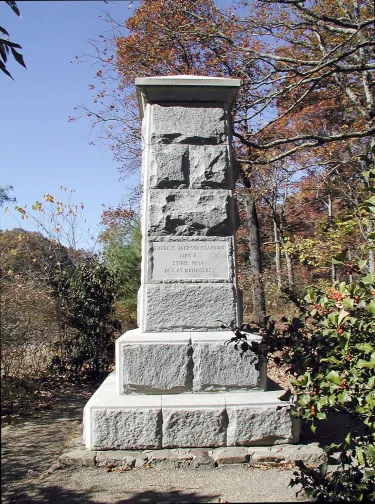
3. Wounding Monument
A more elaborate granite monument also commemorates Jackson’s wounding. It was placed near the boulder in 1888 by the Stonewall Jackson Monument Association. Both markers remain standing behind the NPS Chancellorsville Visitor Center.
Jackson was carried by stretcher from the front lines to a field hospital, where his shattered arm was amputated. Jackson’s chaplain, Rev. Beverley T. Lacy, determined to bury the arm and brought it to Ellwood, the nearby home of his brother.
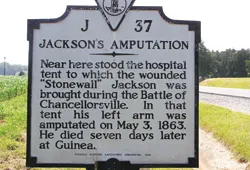
4. Amputation Site
Historians believe that Jackson’s hospital was located in this field near the Wilderness Tavern. In December 2012, with the help of the Civil War Trust, the Central Virginia Battlefields Trust acquired the site, preserving it for future generations.
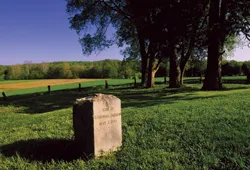
5. Burial of Jackson's Arm
Contemporary sources report that Jackson’s arm was disinterred and reburied by Union troops at least once. Forty years later, James Power Smith – a former member of Jackson’s staff – placed a stone marker in the cemetery. Ellwood Manor and its cemetery were acquired by the National Park Service in 1977.
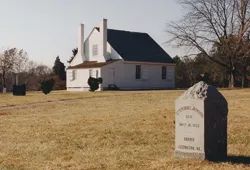
6. Stonewall Jackson Shrine
After a 27-mile ambulance ride, Jackson arrived at an office building at the Chandler (or Fairfield) Plantation at Guinea Station, where he rested for six days. Although his arm was healing, he developed pneumonia and died on May 10. In 1903, James Power Smith placed another stone marker (similar to the marker at Ellwood) outside the building, which is now protected by the National Park Service.
In Richmond, Jackson’s body was visited by 20,000 mourners before it was finally brought to Lexington – where Jackson had taught at the Virginia Military Institute before the war. Even after his burial, the general’s story was not quite finished: in 1890, his body was reburied in the center of what is today called the Stonewall Jackson Memorial Cemetery.
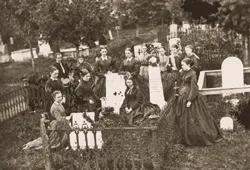
7. Original Grave
On May 15, amidst great mourning, the general’s body was buried next to an infant daughter in a relatively humble plot at the cemetery in Lexington. The markers remain, although the graves themselves have been moved.
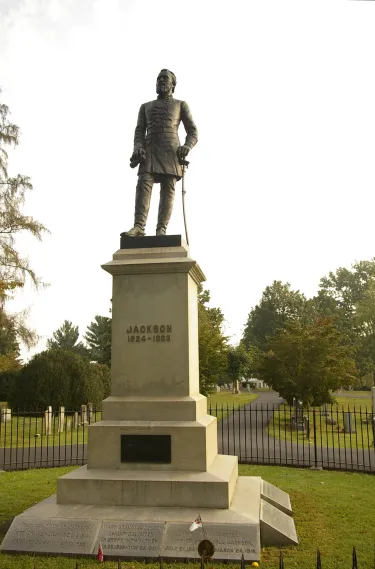
8. Final Burial Site
In 1890, the remains of Jackson and his family were relocated to the center of the cemetery and placed under a large monument. After enduring friendly fire, amputation, death and at least four burials, Jackson finished his journey here.
More Facts
Did You Know: According to a popular legend, U.S. Marine Corps general and two-time Medal of Honor recipient Smedly Butler refused to believe that Jackson’s arm was buried at Ellwood. While conducting operations nearby in 1921, he ordered his men to take up shovels, but was shocked when they found the arm. As the story goes, they reburied the limb and attached a commemorative bronze plaque to the stone marker. Whether or not the entire tale is true, the plaque does exist – and is currently held by the National Park Service.
Did You Know: Jackson’s horse, like his master, was not buried in one piece. “Little Sorrel” outlived his rider – soaking up some of the celebrity that the general was unable to enjoy after death, becoming VMI’s mascot. After his death, the faithful steed was (mostly) buried at the VMI parade grounds, but his hide was removed and stuffed. Little Sorrel can still be seen on display at the college’s museum.
